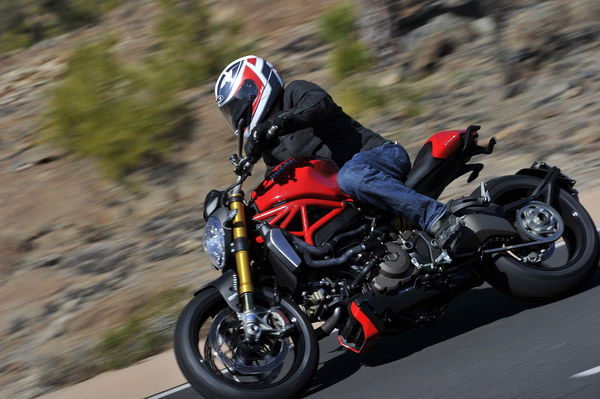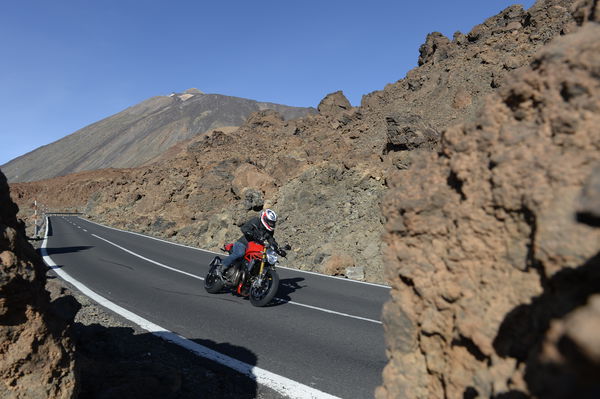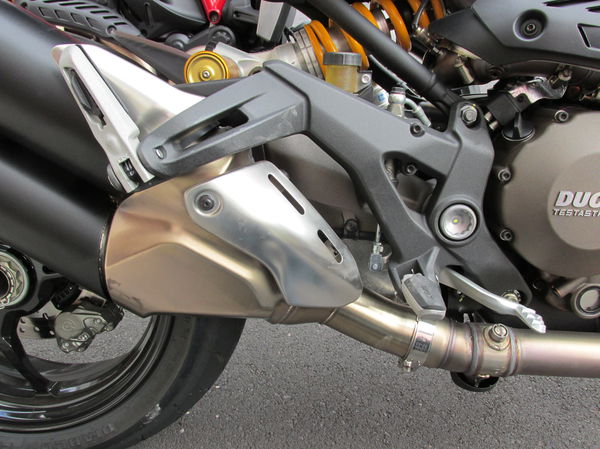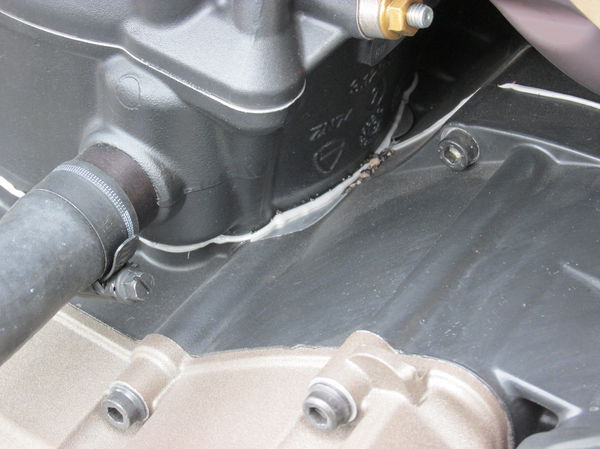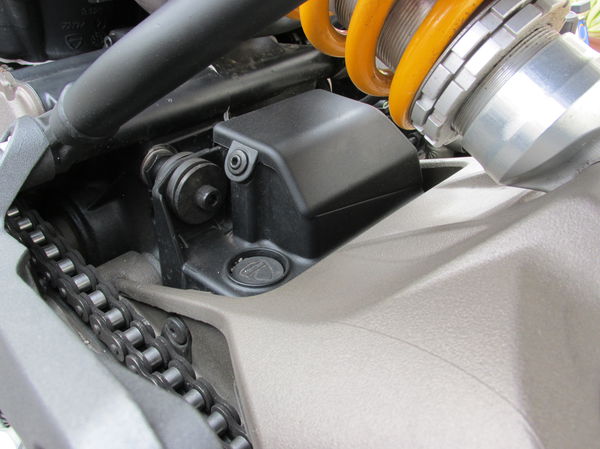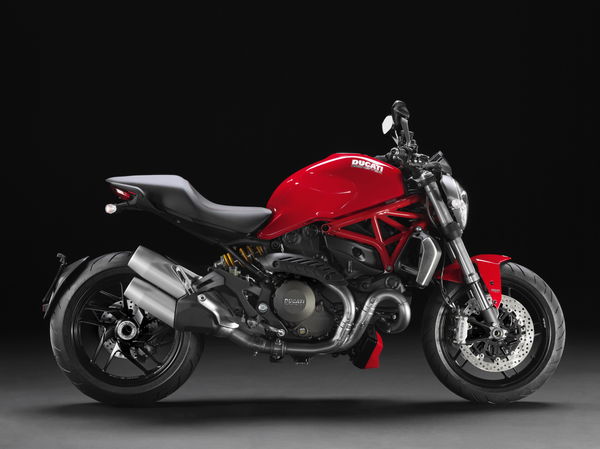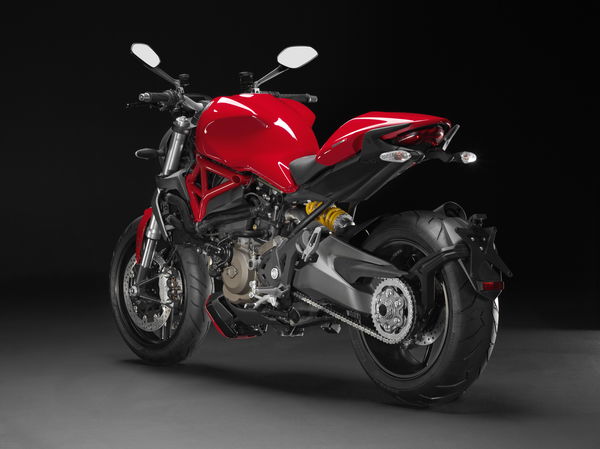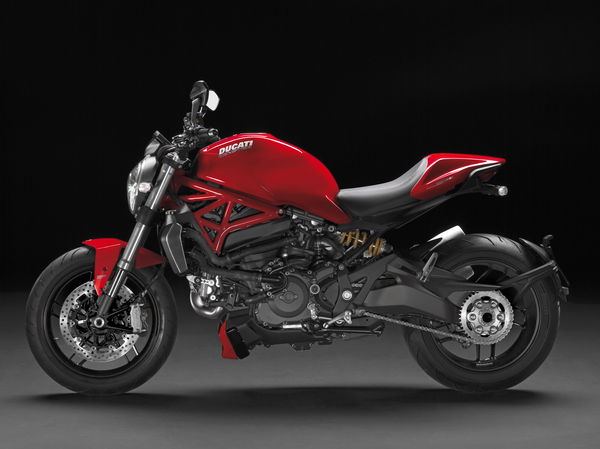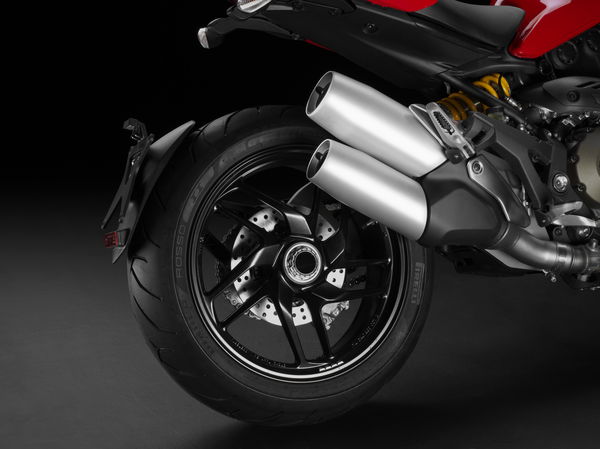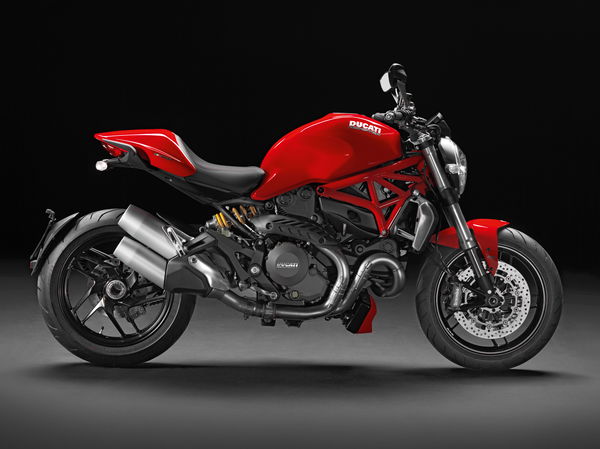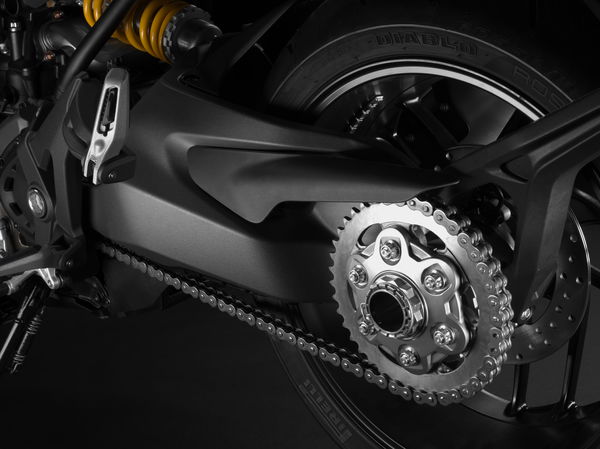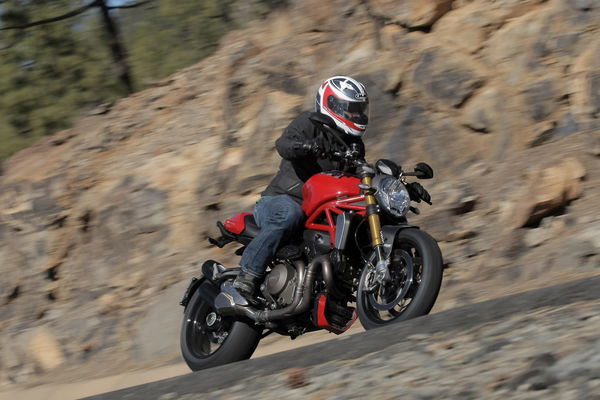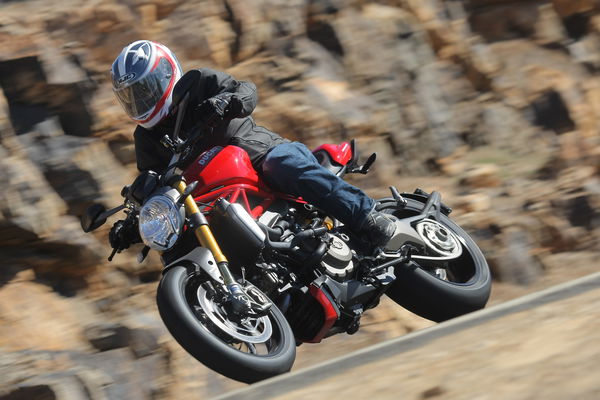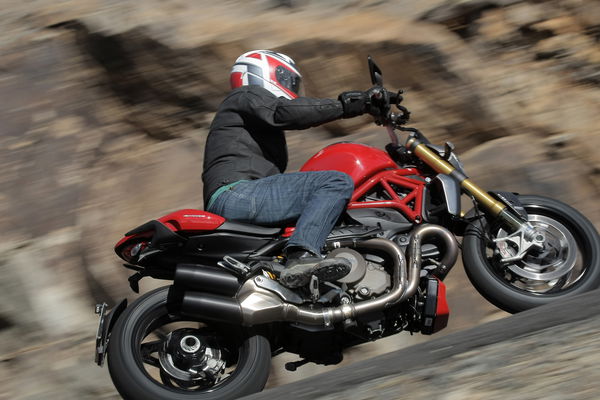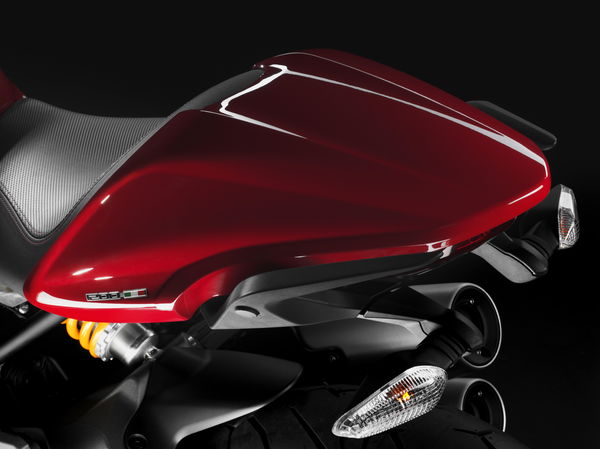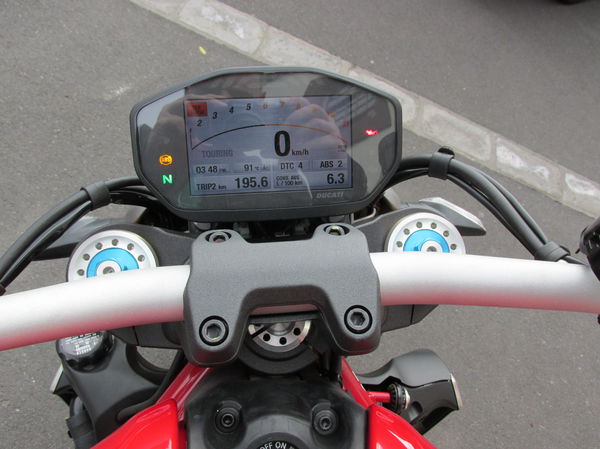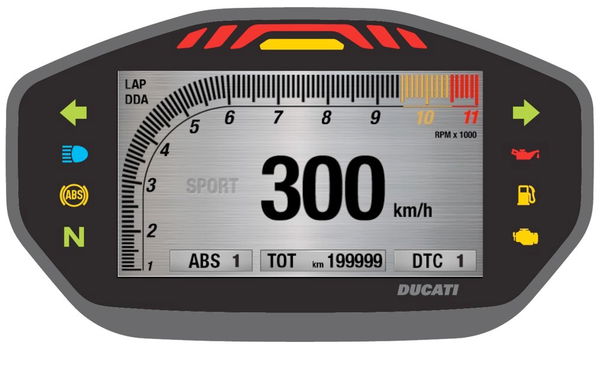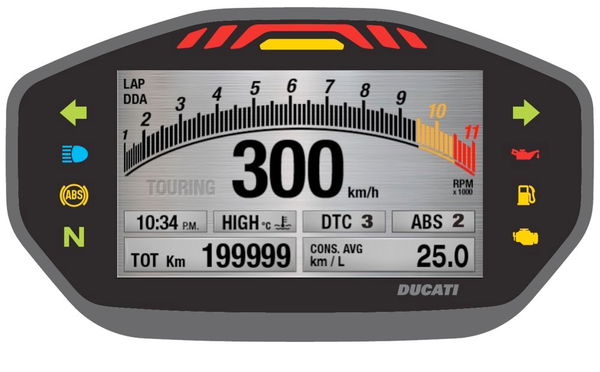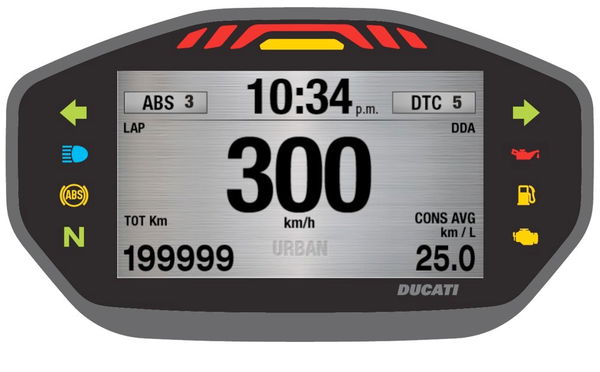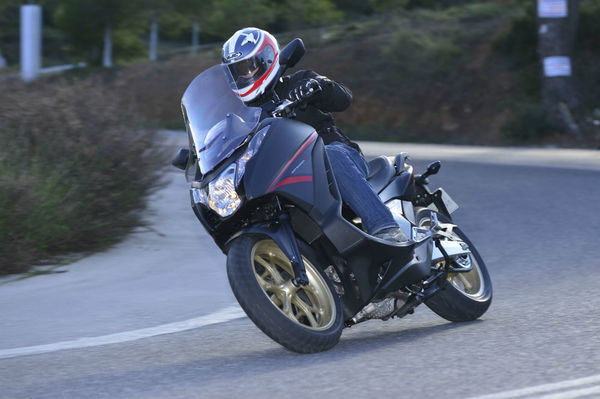First ride: Ducati Monster 1200S review
It's got enough useable torque to drag a whale without going near the red line. Shame you need small feet to ride it.
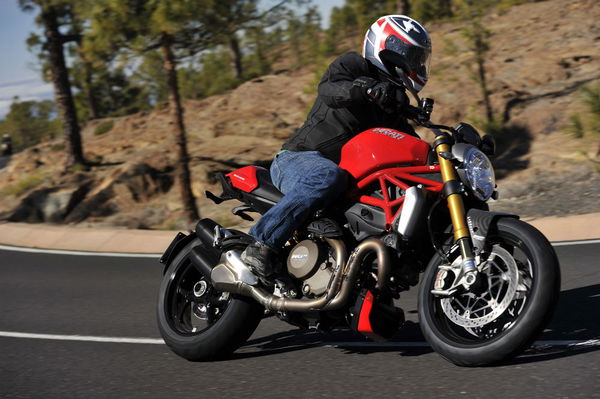
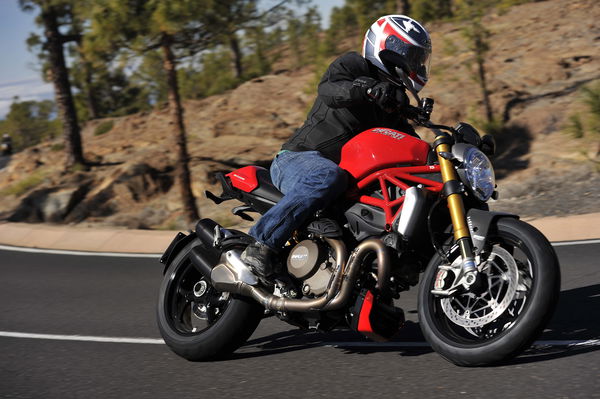
IT'S been a big year for naked bikes.
First we had the endlessly hyped 'Beast', KTM's 1290 Super Duke R. Then BMW launched the almost flawless S1000R, based on its flagship sports bike, the S1000RR (to such an extent they didn't bother giving it a new name).
Just a couple of weeks ago, BMW launched its R nineT, a less powerful but no-less good interpretation of the genre.
Yes, nakeds are the new sports bikes. And now Ducati has piled in with a new version of a stalwart of the class.
The Monster has been doing its distinctive naked thing for over 20 years. Anyone who’s ever seen one should instantly recognise the latest, Monster 1200, as one of the family, with its trademark bulbous tank. It’s as recognisable as a Porsche 911.
In fact the Monster 1200 is an all-new model. It's got the superbike-derived 1198cc dual-spark 11° V-twin Testastretta engine from the Multistrada.
The engine is a stressed member, the frame a tiny steel trellis bolted to the cylinder heads and joining them to the headstock. The swing-arm is bolted to the crankcase. You're basically riding an engine. Which is good, right?
There are two versions: the base model Monster 1200, making 135hp and 87lbft, and the Monster 1200S, with 145hp and 92lbft.
Both have fully-adjustable suspension but the S is upgraded with Öhlins front and rear. Both have Brembo monobloc brake calipers but the S’ are bigger, and taken from the 1199 Panigale.
Both also have as standard Bosch ABS and traction control, with three riding modes, each of which can be fine-tuned by the rider.
It's a lot of electronic choices on a machine which seems to say from the moment you sit on it that electronic choices are not really what you're here for.
It’s in the riding position. You're leaning forward a bit, but not excessively, with hands far apart on the low, wide bars, and without much motorcycle in front of you except the headlight. You feel like you might be the foremost component. It's comfortable, you're not over-reaching (I'm 5'9"), but it feels like how a bulldog sits, with its paws widely spaced, its head thrust forward.
There's the deep Ducati V-twin roar from the two-into-one-into-two exhaust, with a visceral low rumble when you roll off. Japanese and European manufacturers are definitely on different pages in their interpretation of noise regulations.
It conveys that you are here to pay attention. To ride a motorcycle. Find time to mess about with electronics later. Right now you're busy.
It was the S version that journalists rode at the press launch in Tenerife. Even with its peak 145hp, it's 5hp less powerful than the Multistrada, something Ducati say has been done to give it more torque across most of the range.
And does it have torque across the range. From a standstill it's there, saying hello, the instant you ease out the clutch.
Driving out of corners, it nearly doesn't matter how high a gear you're in. A gentle throttle hand draws the power like water from a deep well. The wide bars make it easy to stand up quickly as the road unravels. Then you nail it and the power builds and builds and keeps building. Because there's so much so low, you half expect it to run out before it does. But a glance at the rev counters says the party's just begun. That was only 6,000rpm and the red line isn’t till ten-and-a-half.
On it comes. The power curve feels like a steep, constant gradient. The front lifts and skips and shakes as you near 10,000. Then you have to brake for the corner that seconds ago was a dot on the horizon. You haven't changed gear since the last one.
At 92lbft, the 1200S makes 10 more than the BMW S1000R. But because it's spread so liberally, there's little need to explore those peak figures. It's nicer to short-shift and enjoy the sense of having ample reserves, while still going as fast as you dare.
The three riding modes are Sport, Touring and Urban, with power capped to 100hp in the latter.
Further settings allow you to adjust the level of intervention taken by each mode. For example, within Sport mode, you can opt for the traction control to be off altogether. From then on, that's what you'll get every time Sport is selected.
Each mode also gives you a different dash layout on the TFT colour display. Touring tells you things like the ambient temperate and your average fuel consumption. Urban tells you in enormous digits how fast you’re going.
Touring mode seemed to make most sense on the winding mountain roads of Tenerife. You still get enough useable torque to drag a whale, but initial throttle response is smoother and more forgiving.
Where the weight of the old Monster 1100 was distributed 50/50 between front and rear wheels, the 1200 has 47.5% on the front according to Ducati. I won't pretend that 2.5% change translates to something I could feel but the steering is responsive to light input, aided by those wide bars.
The suspension is firm, giving a good sense of contact with the road and dealing deftly with patchy surfaces, but not without a sense of comfort too. One long, straight road was exceptionally rough. Things got bumpy but not jarring and never bouncy. The seat's wide, with thicker padding than the Monster 1100's according to Ducati. I was comfortable all day.
The front brake doesn't have quite the initial bite of the BMW S1000R's set-up but that could be a good thing. The BMW's responds decisively to the lightest touch. The Monster's is more progressive, with just as much power when you actually want it.
The back felt weak though, with too much travel before anything happened. Even spongey.
Ducati said the bikes we rode were pre-production models, and problems would be ironed out. I hope so.
For the most part the finish is everything you'd expect, from the rich red paint on the tank to the high-quality feel of the switch-gear.
But then you notice that beautiful red pillion seat cover moves from side-to-side by a couple of centimetres, instead of fitting snuggly.
Underneath the seat, glue around the edges of the cover is sticky to the touch.
And every one of the press bikes had messy-looking white cylinder base gaskets, like mastic around a window.
The worst problem though, and one I suspect may not be fixed before the bike goes on sale, was a lack of clearance behind the rider foot-pegs. They're mounted to the same hanger as the pillion pegs, a single aluminium unit which curves around the exhaust. All but the smallest-footed Italian will find their heel up against that curve before the ball of their foot is on the rider's peg. There's no easy fix. You can't remove the hanger without also removing the rider pegs. Such an easy problem to avoid in the design stage. How does it get through development?
I'm only size seven and even I found my heels fouled the hanger and exhaust unless I rode on the arches of my feet. For some bigger-footed journalists, and those who prefer riding on the balls of their feet, it seemed to taint the whole experience.
Being a Ducati, the Monster also has mirrors as useless as they are beautiful, giving a view predominantly of your arms. What do you expect? People don't buy Ducatis to see what’s behind them.
There's no under-seat storage (although soft panniers are an official accessory) and the battery is tucked into a space in front of the swing-arm. Relocating it from under the tank has helped create that new front/rear weight distribution. I'm not sure it will help when you need to change the battery. Perhaps that's not an operation most Ducati owners undertake either.
And the steering lock is as limited as a sports bike’s.
I cannot and will not dislike it though. The imperfections seem part of its character. Like Tenerife - a beautiful, dramatic landscape formed by a volcano, but you also have to love the ash-black sand on the beach.
At £10,695 for the Monster and £12,995 for the Monster S, it's got tough competition from the S1000R, which costs £9,990 for the base model and £11,390 for the high-spec one, with semi-active suspension.
But, unfortunately for KTM, the Monster seems one more reason not to buy the £13,999 Beast, at least until its price comes down.
That's as long as you don’t have monster feet.
Model tested: Ducati Monster 1200S (Monster 1200)
Price: £12,995 (£10,695)
Power: 145hp (135hp)
Wet weight: 209kg
Torque: 92lbft (87lbft)
Seat height: Adjustable from 785-810mm. Lower 745mm accessory seat available.
Colours: Red, white
Find out which bikes rival the Monster 1200S.
Want more? Sure you do...
KTM 1290 Super Duke R first ride
